Reflecting on the past
It seems to me that enjoying seasonal changes in Australia has a lot to do with gardening in harmony with nature.
We have recently sold our house and garden of 29 years. Looking back, I can reflect on the many seasonal happenings of that rural garden where conditions were often quite harsh.
People often commented on how interesting it was at times when little was to be seen in the way of flowers. A young garden depends more on floral display. But as it ages, trees and vistas become more important. Seasonal change was also evident in the comings and goings of wildlife and the presence or absence of water and rainfall.
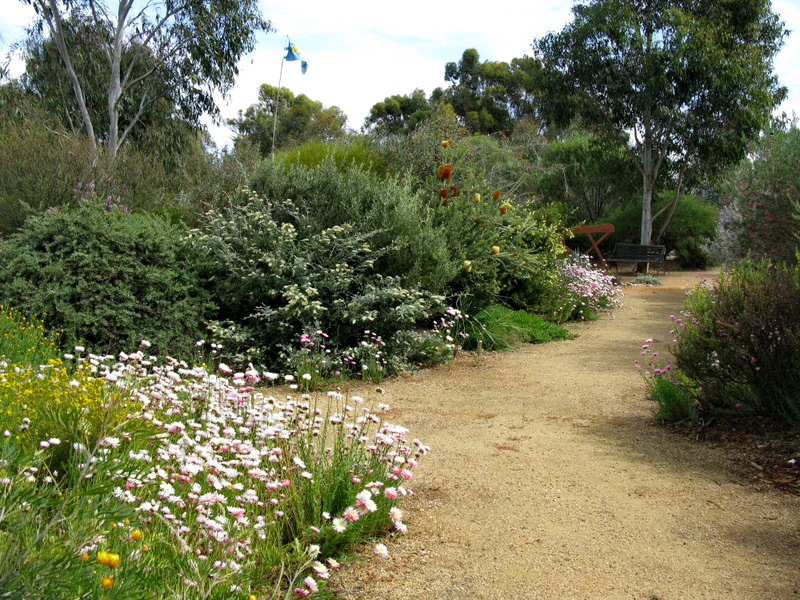
This is why gardening in harmony with nature is so important and rewarding.
Come follow me through the seasons through my diary notes.
Garden diary
Spring
Floral displays change month by month – drifts of pink and white everlastings with a touch of yellow; the purples and pinks and whites of Alyogyne hueglii and Eremophila nivea.
Lovely this year after good rain at last.
Late Spring into Summer
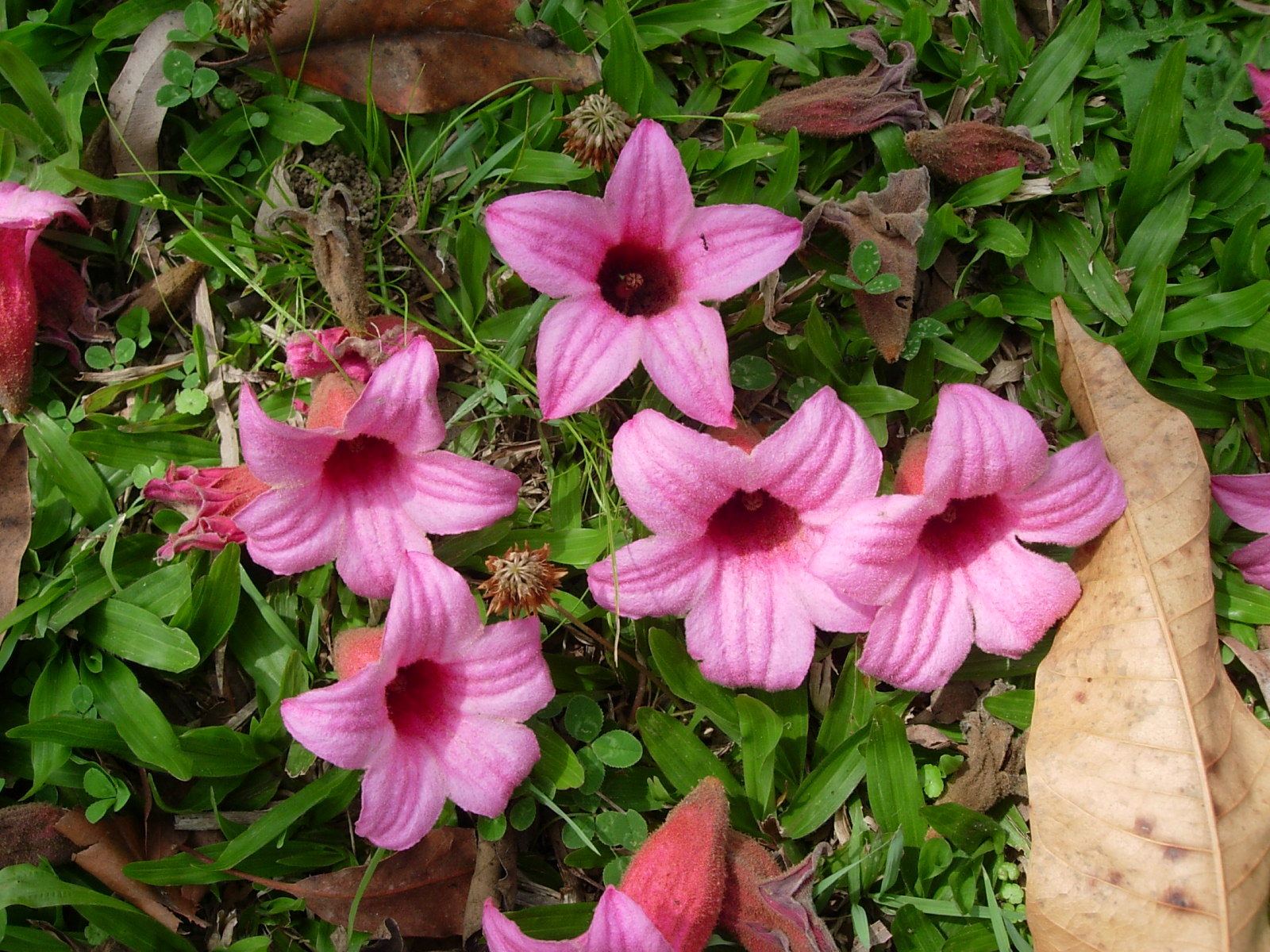
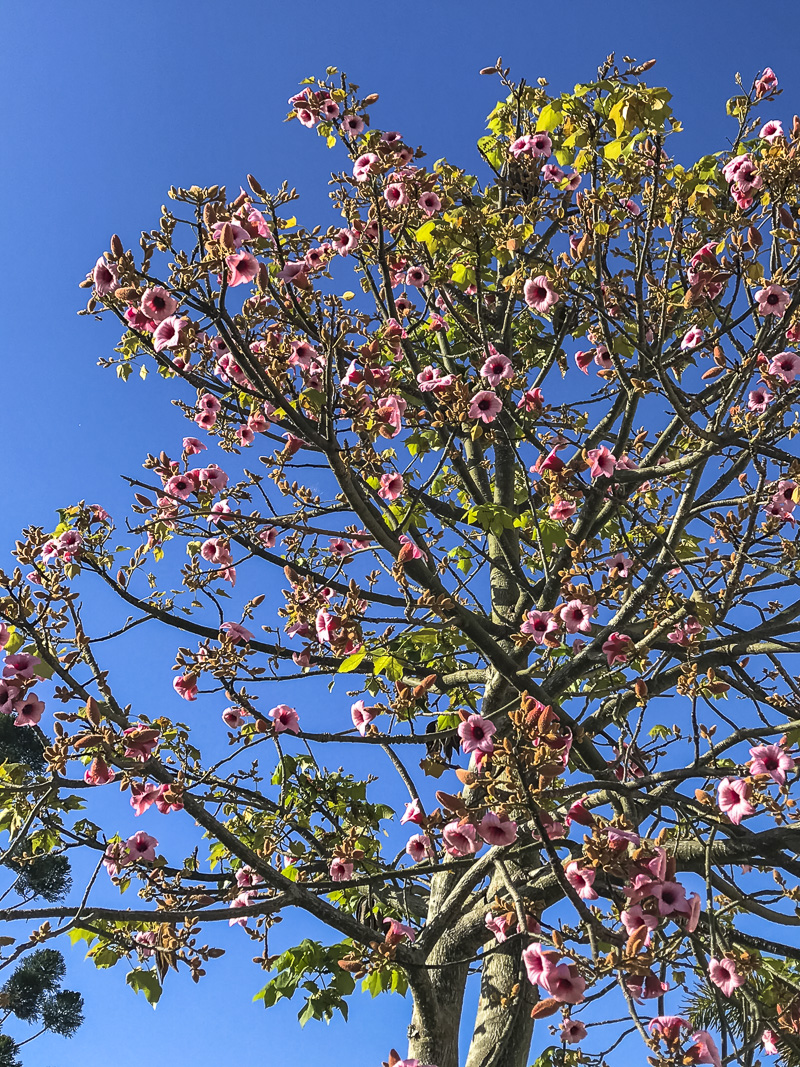
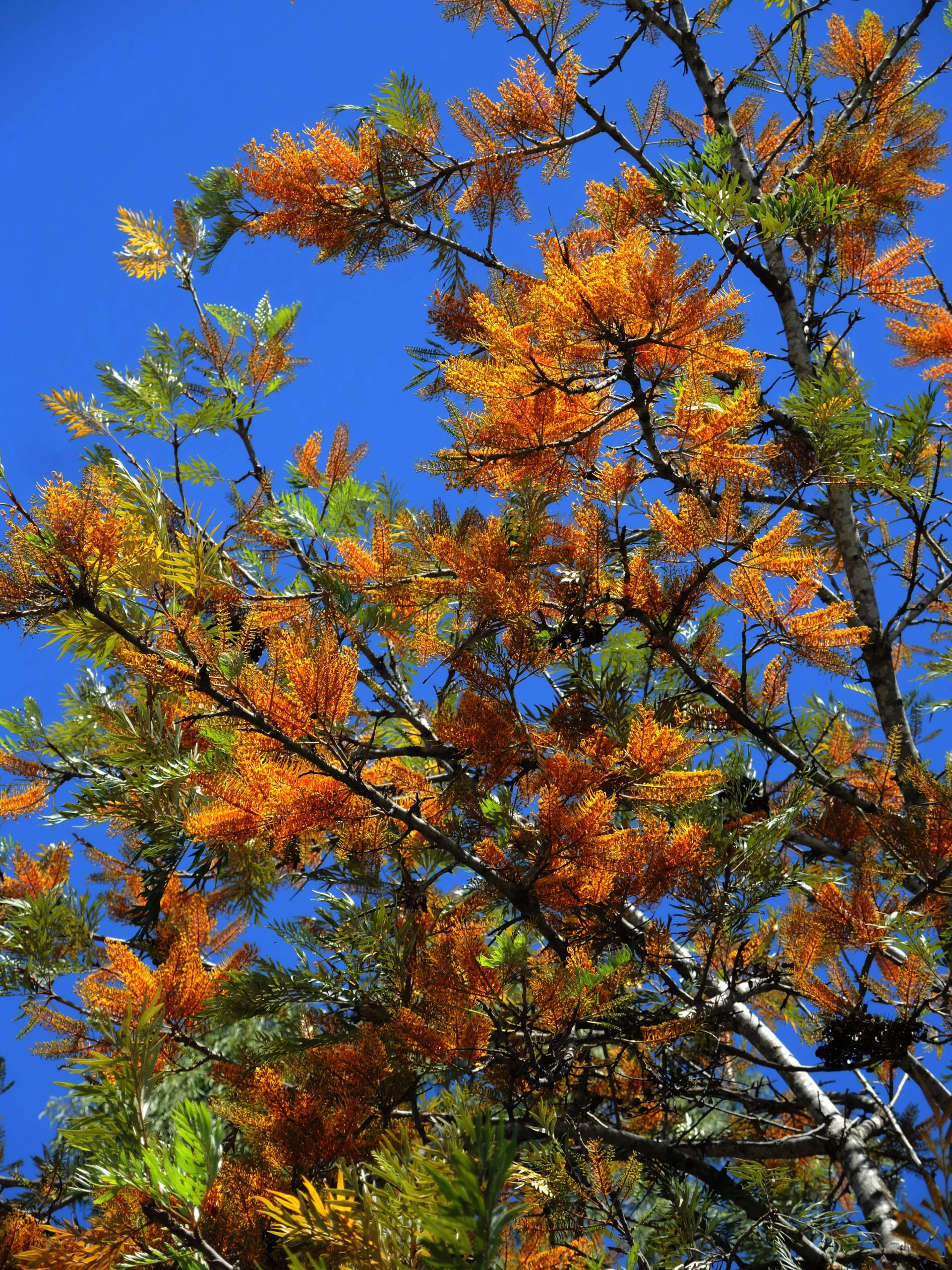
Summer
The first really hot day heralds the shedding of bark by the eucalypts to reveal lovely smooth white, pink and bronzish trunks.
- Flowers on the plants which revel in full sun such as Isotoma axillaris, some daisies and Hibiscus trionum (if this is now declared an exotic its too bad because of its use in Summer, I’m sticking to it!).
- Many Eremophila and Grevillea spp. flower in summer along with some of the flowering acacias and eucalypts.
- The flowering heads of grasses in the dry grassland contrast with the cool greenery of the rainforest and woodland plants on the shaded south-side of the house.
- A water feature and the birdlife are viewed from the house.
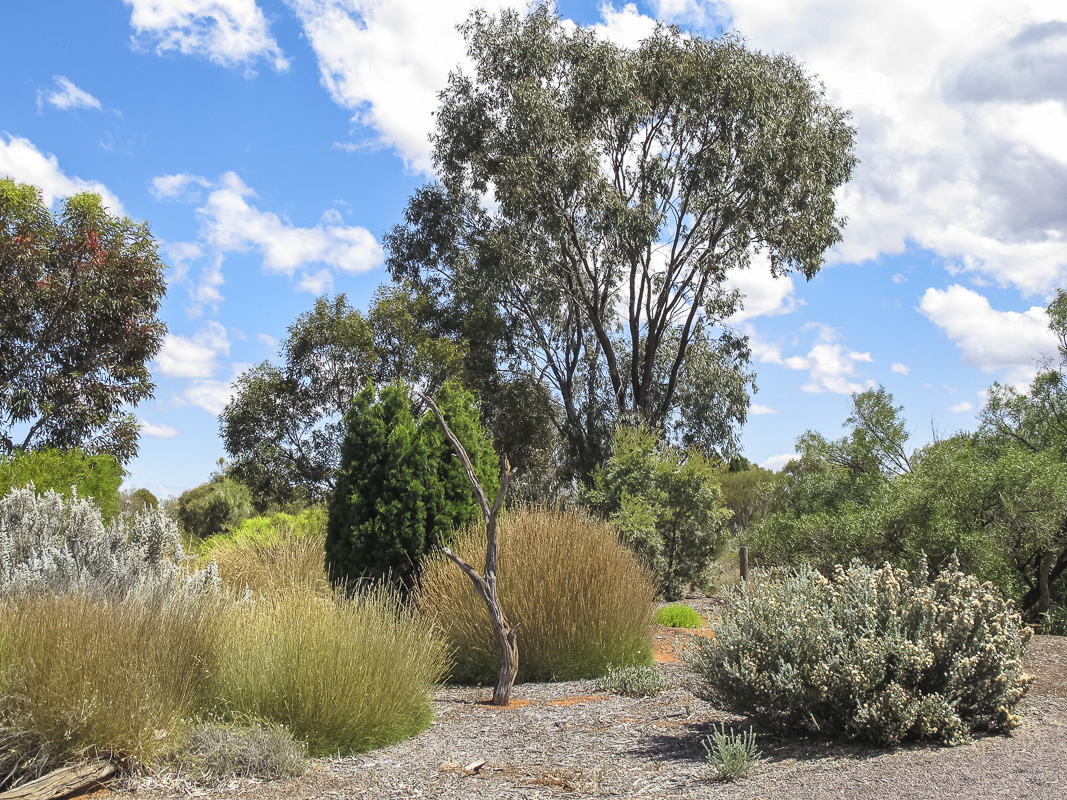
Autumn
It’s a very dry time here.
- The silver and greys of the current season’s growth on many eremophila and saltbush spp.
- In fact, new foliage on everything before winter when the cold and frosty weather dulls their appearance.
- Special flowers on Eucalyptus erythrocorys and Callistemon recurvus ‘Tinaroo’. S
- Saltbushes fruiting with subsequent bird activity.
- Weird and wonderful fungi appear as winter starts.
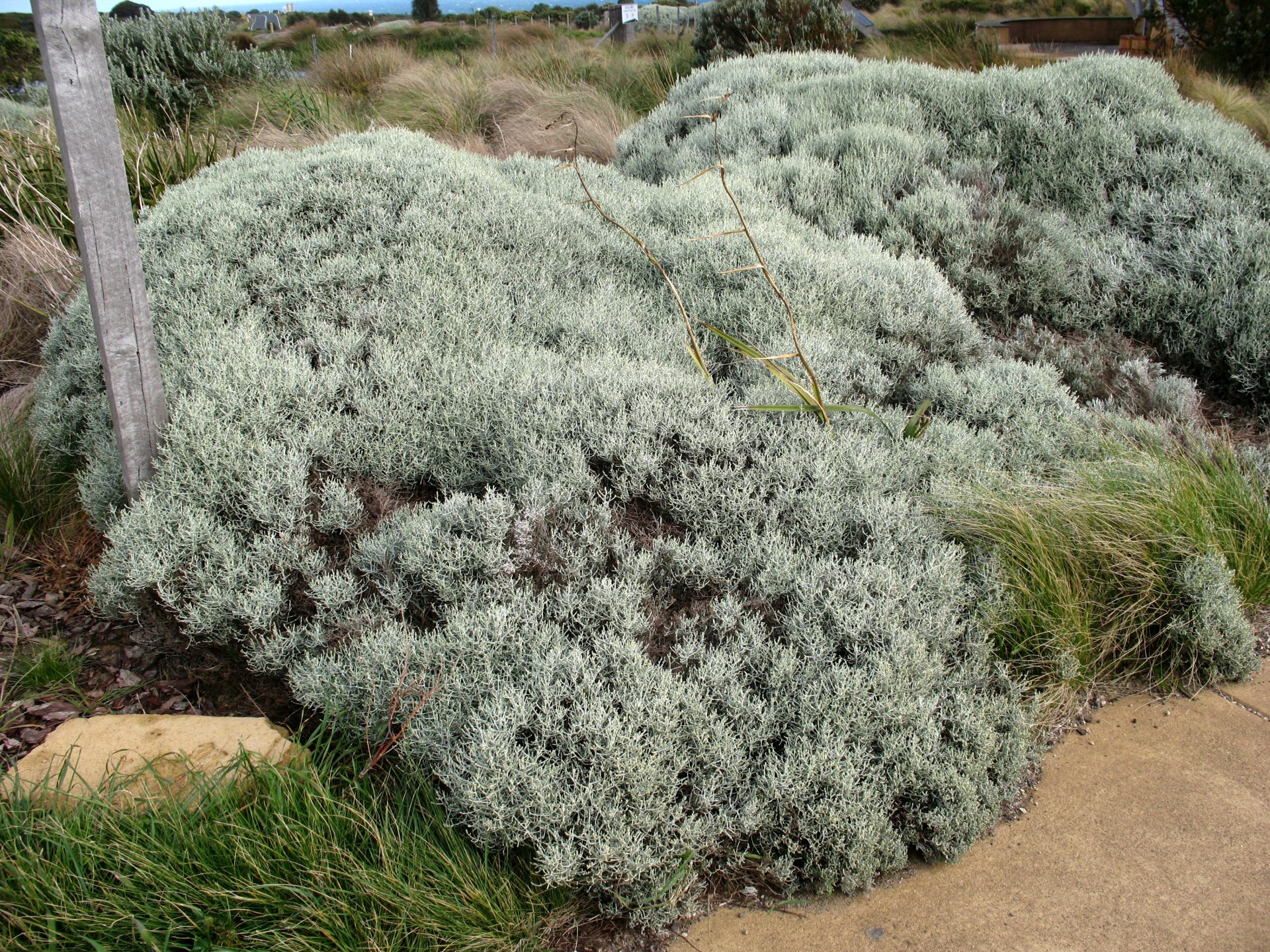
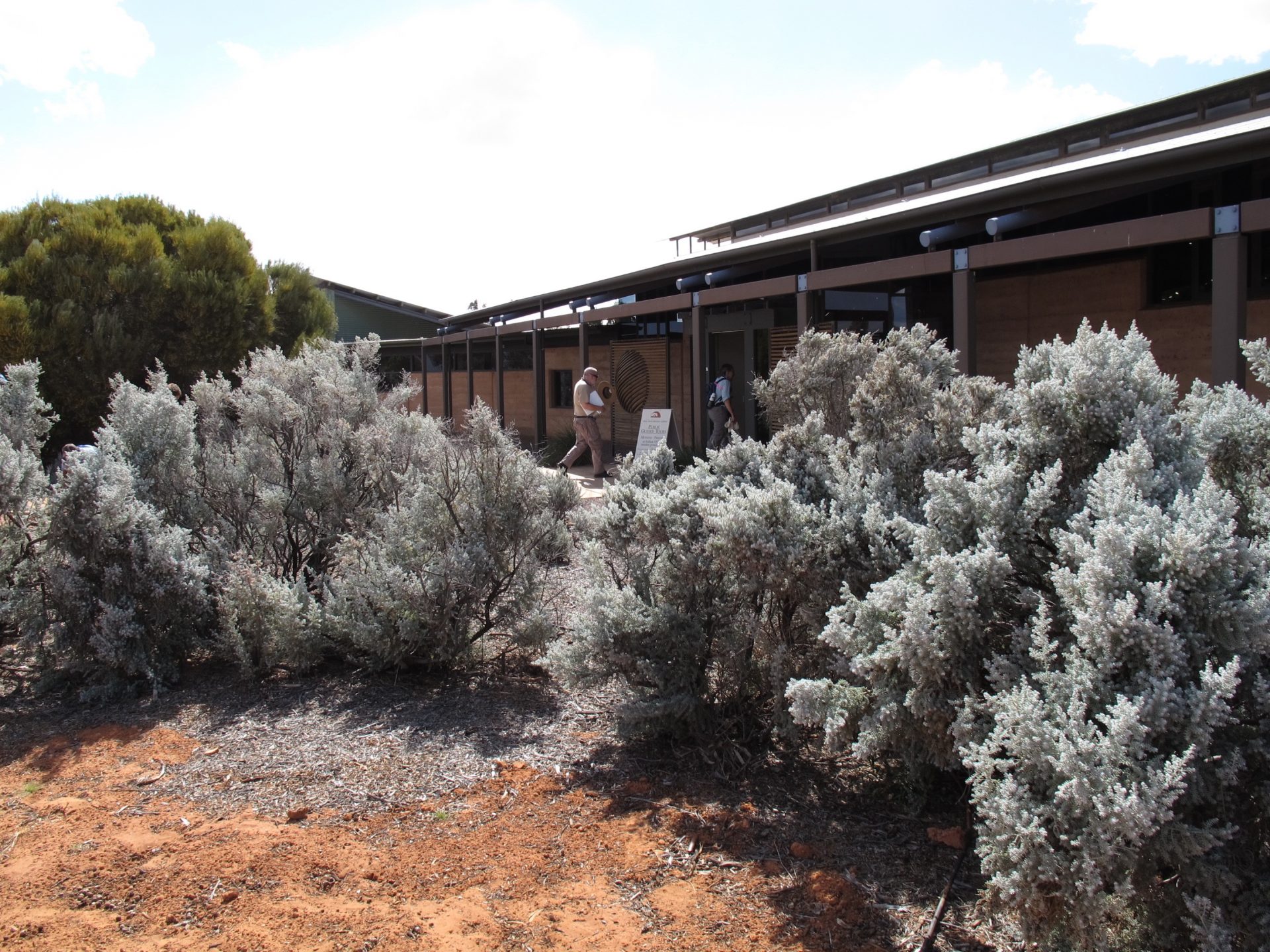
Winter
Winter rains mean new growth and greening of grasses.
- Reemerging native lilies such as Arthropodium and Bulbine spp.
- Spreading seedlings of wildflowers such as Pelargonium australe and monitoring the progress of other self seeders – used or removed as required
- New basal growth on brachyscomes and other plants which can finally be pruned after the long dry months.
- Eucalyptus leucoxylon and E. sideroxylon flowering – with frenetic bird activity
- Winter flowering shrubs such as Hardenbergia and Acacia species provide a ‘wattle extravaganza’ through to spring.
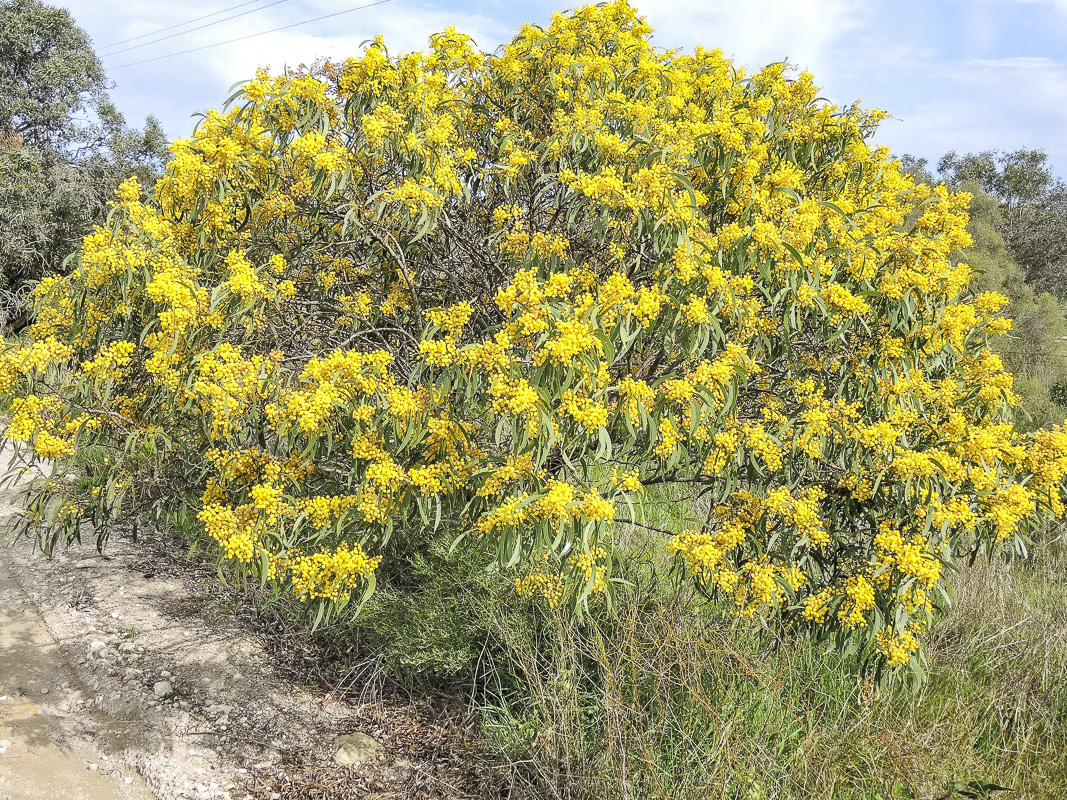
Click on these links to get more information on the plants!
ANPSA Plant Profiles: https://anpsa.org.au/native-plant-profiles/
APS NSW Plant Database: https://resources.austplants.com.au/plant-database/
See here for all states’ websites and plant information.
Adapted from the February 2004 issue of the Study Group Newsletter, with editing and images by Lawrie Smith
 Australian Native Plants Society (Australia)
Australian Native Plants Society (Australia)